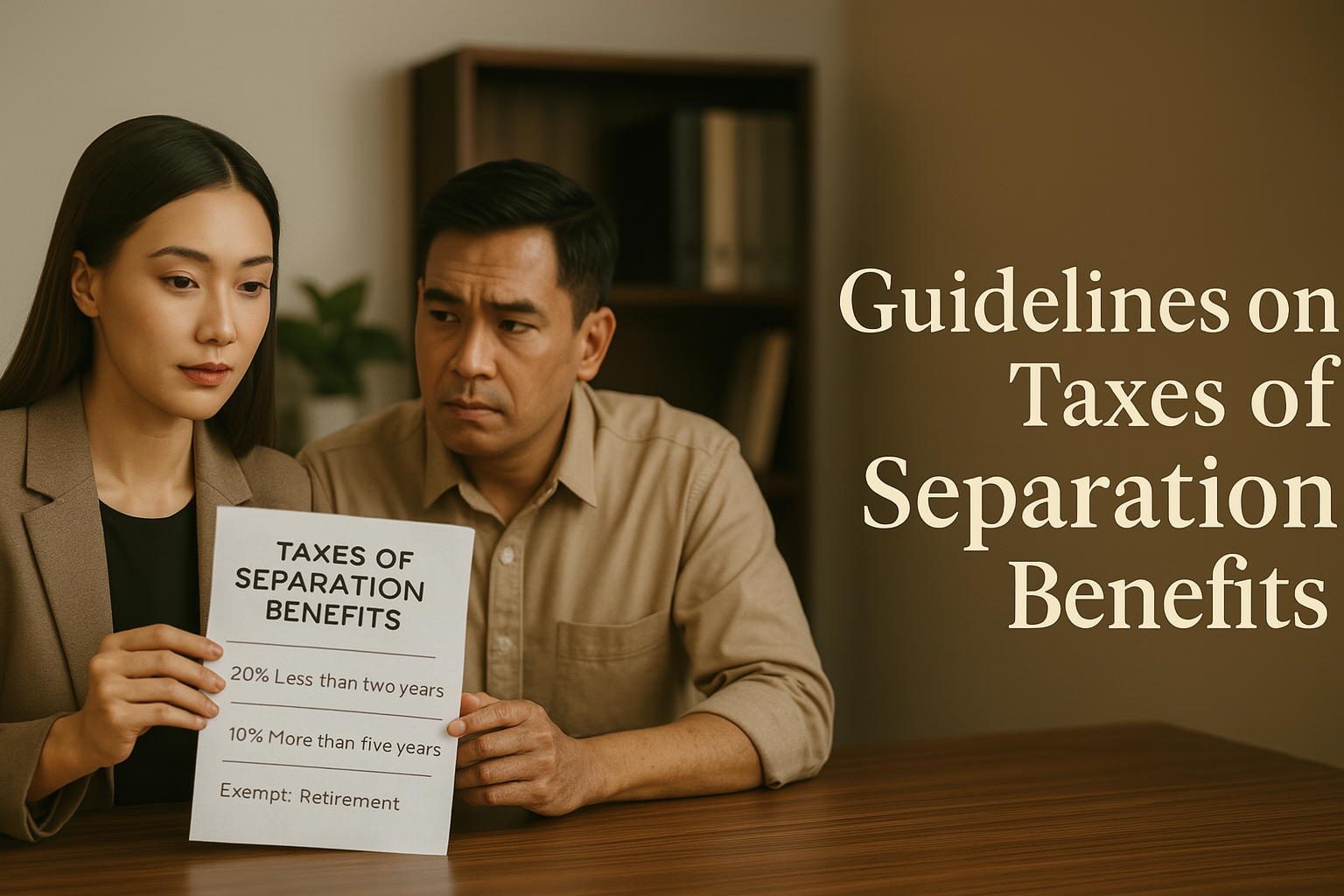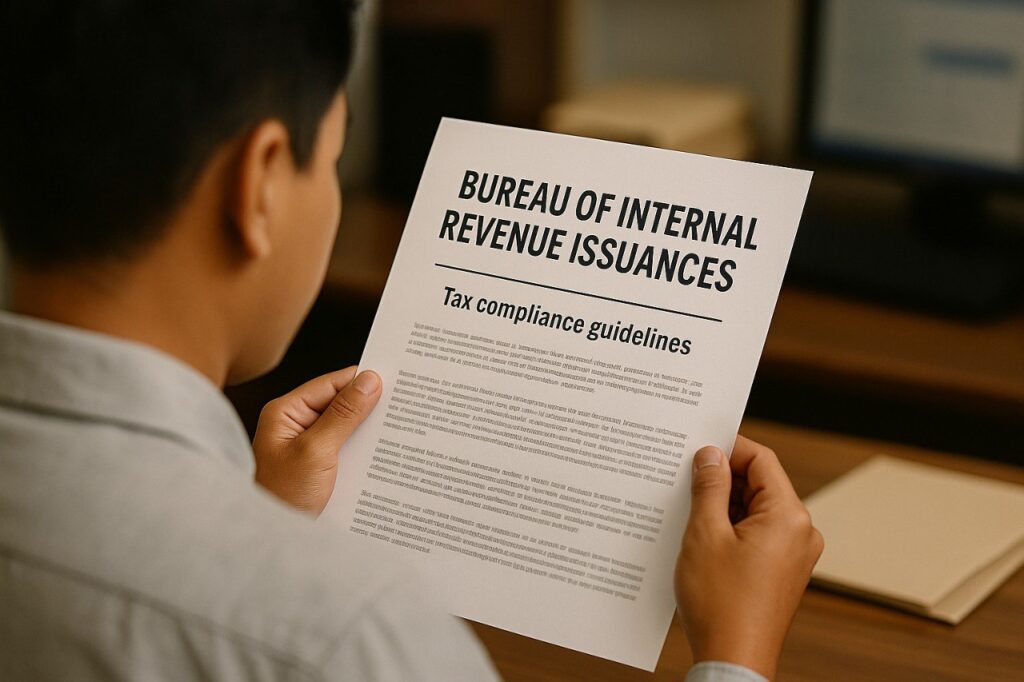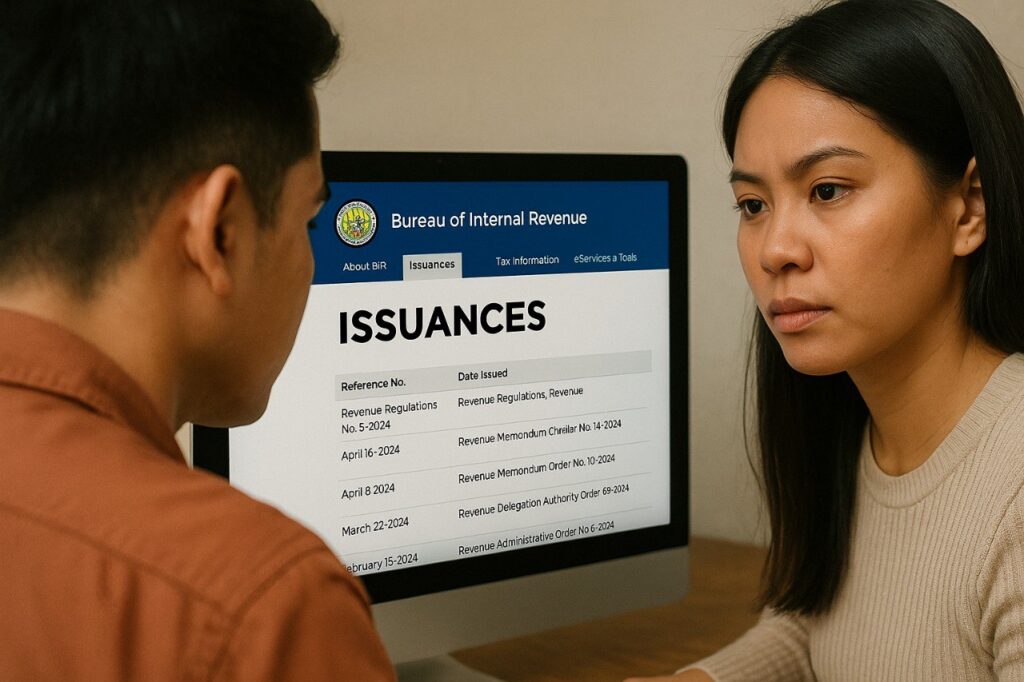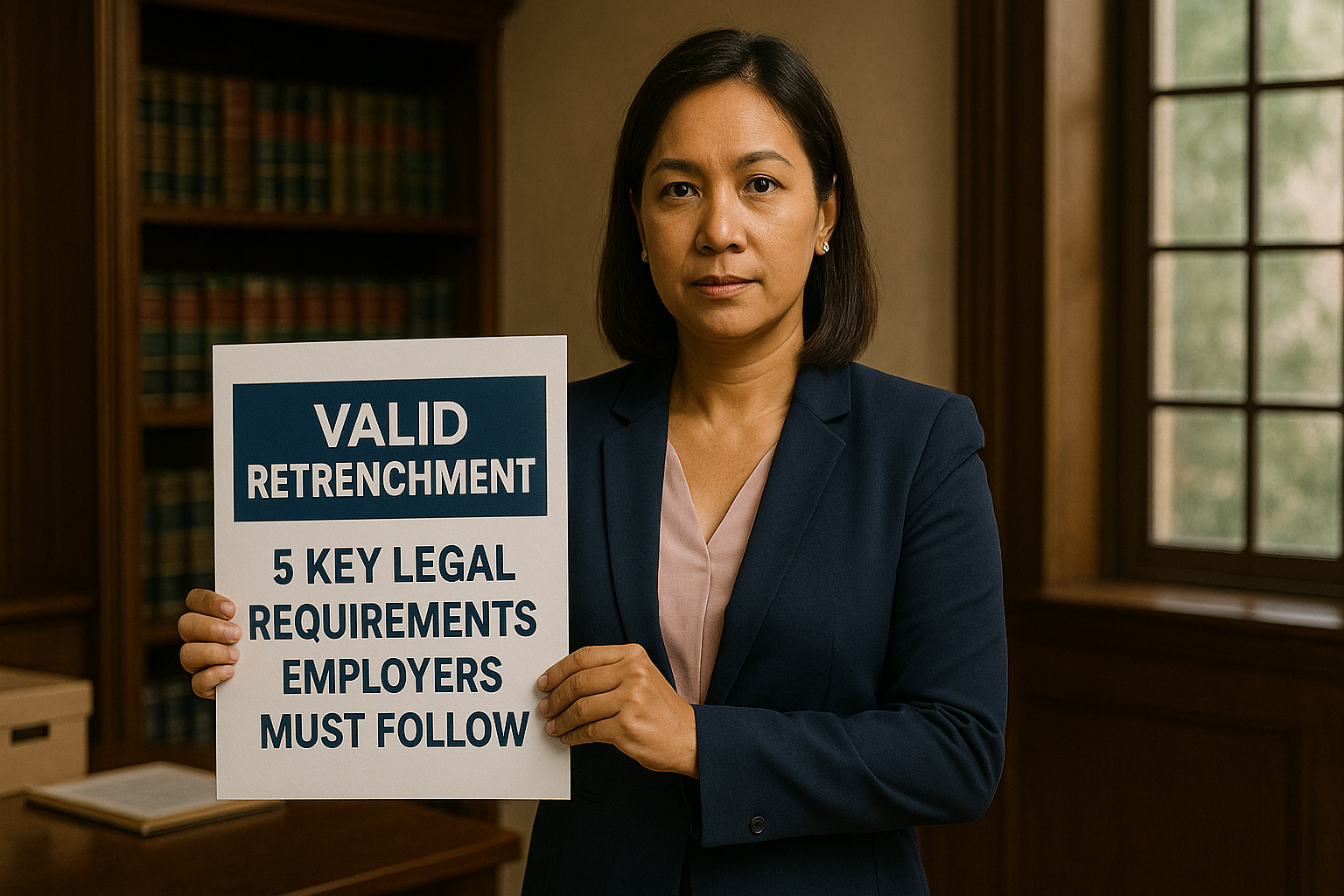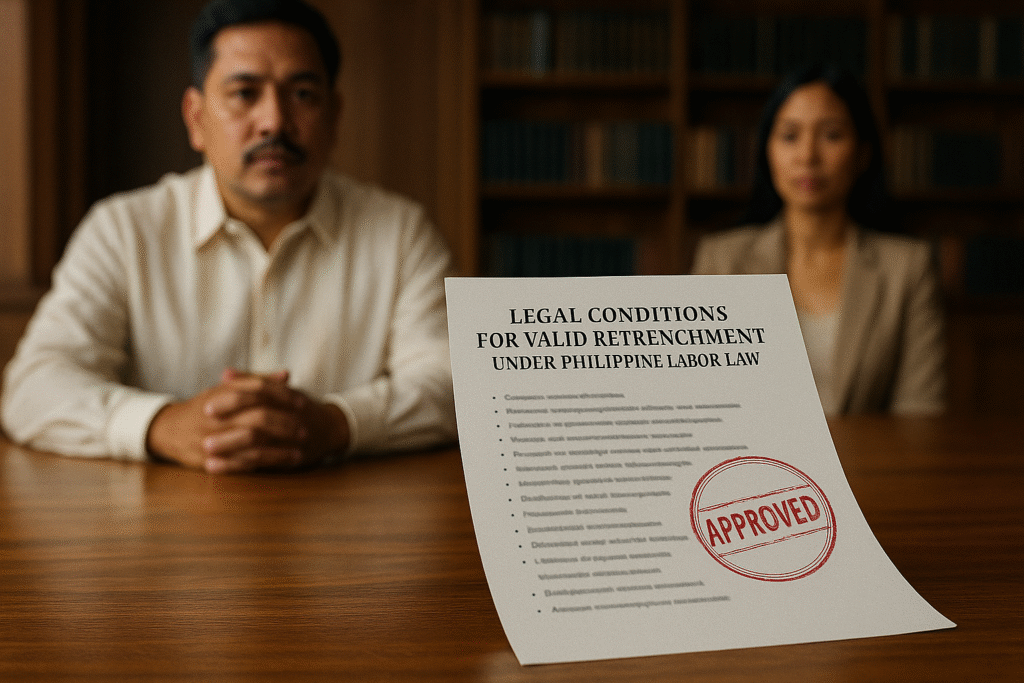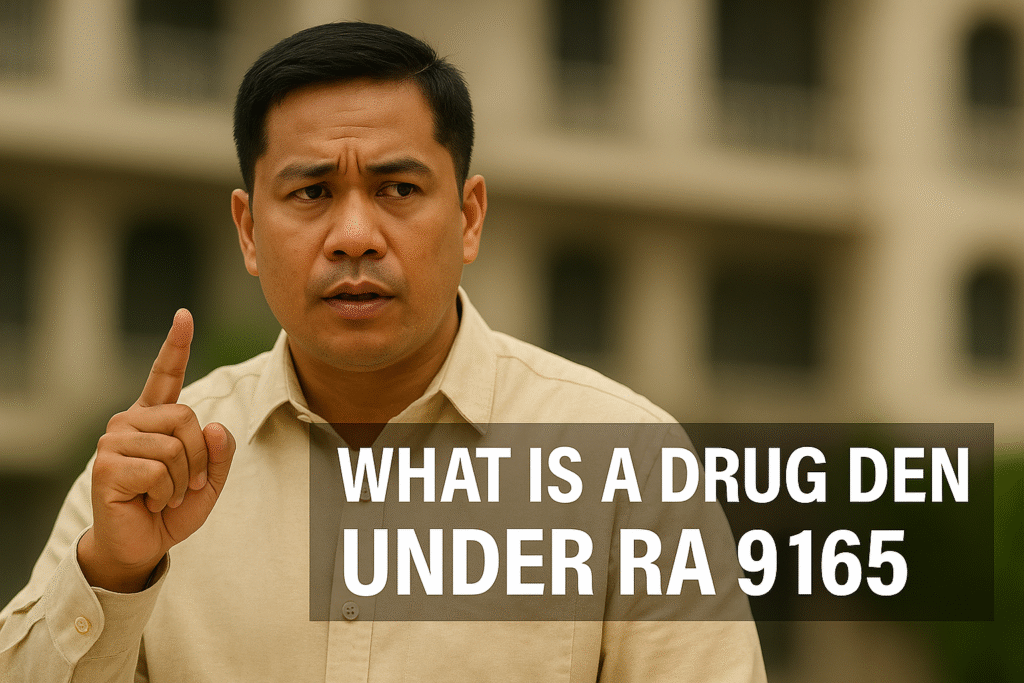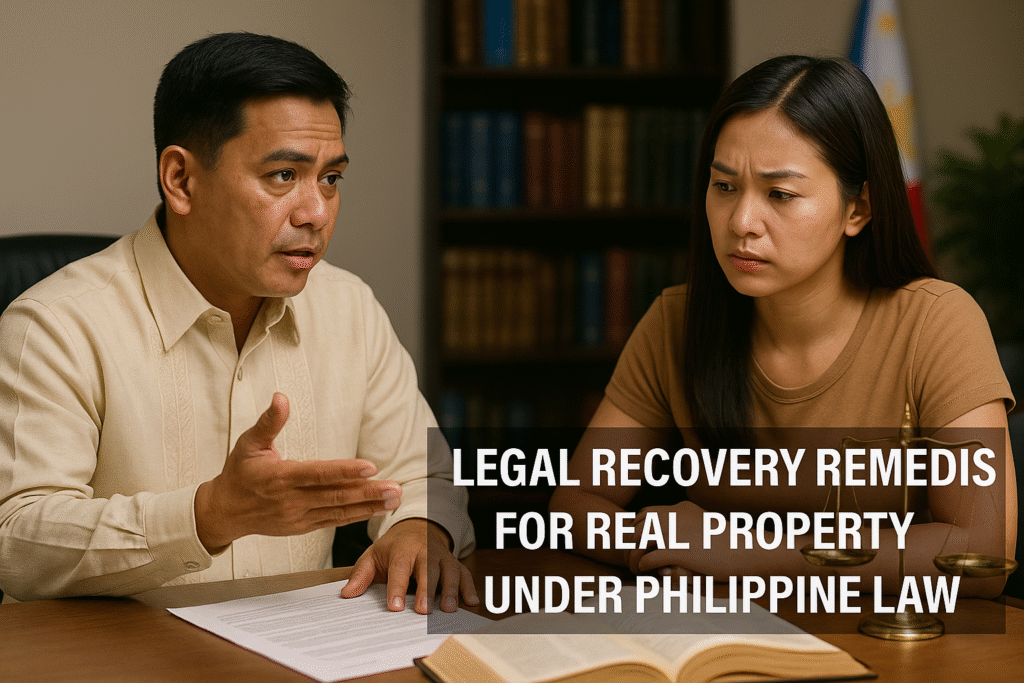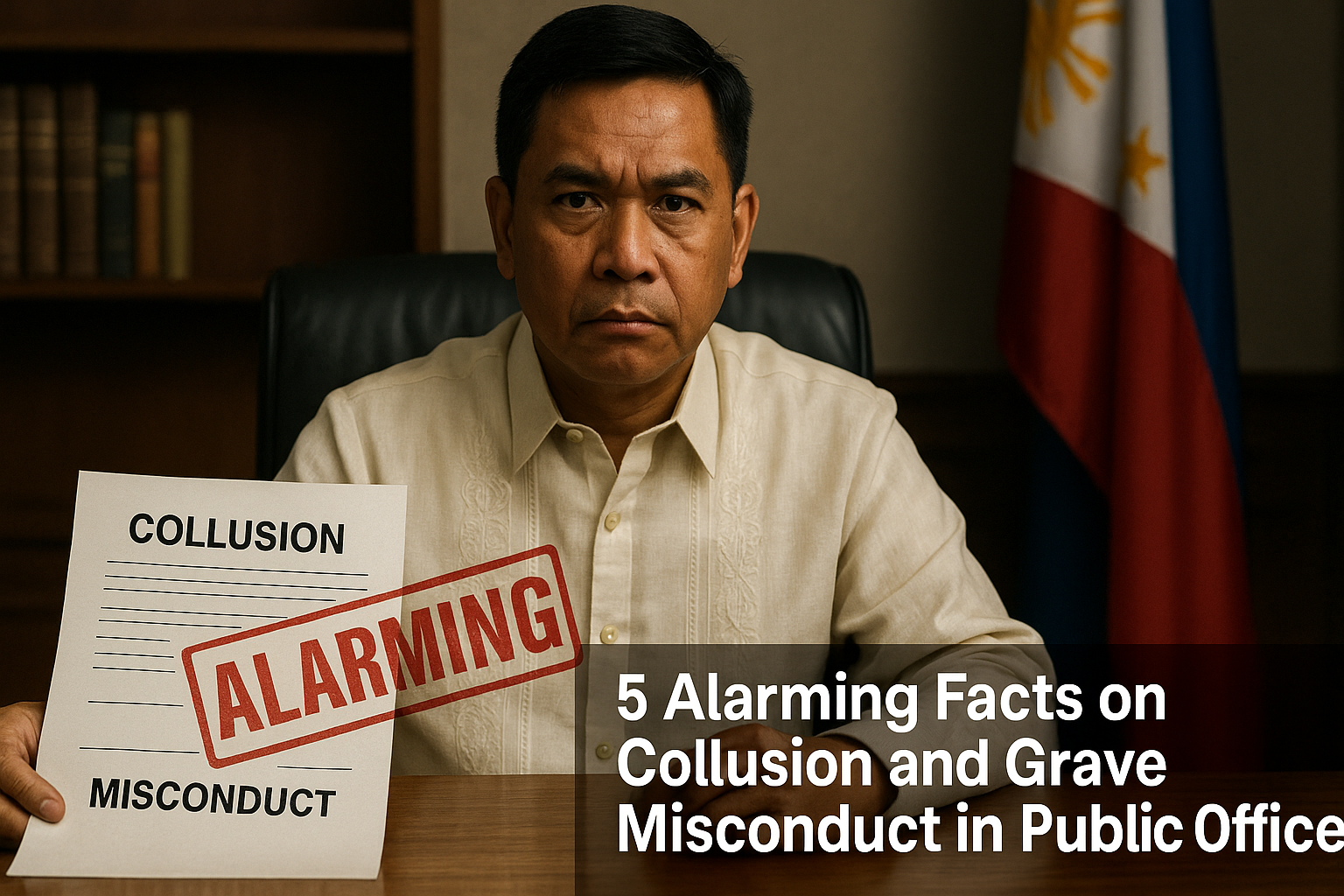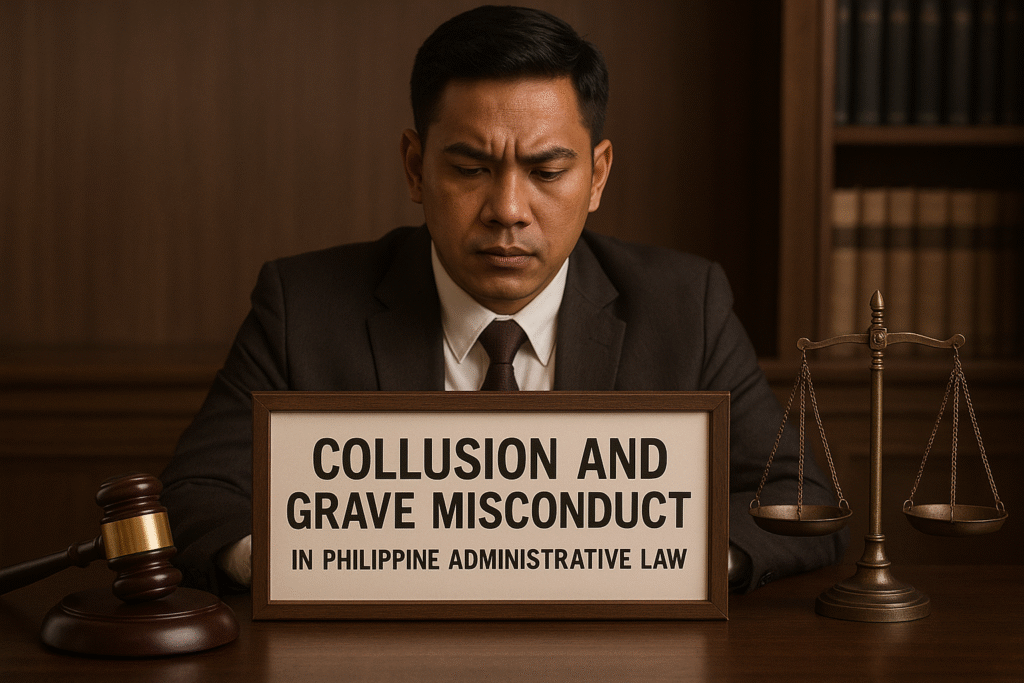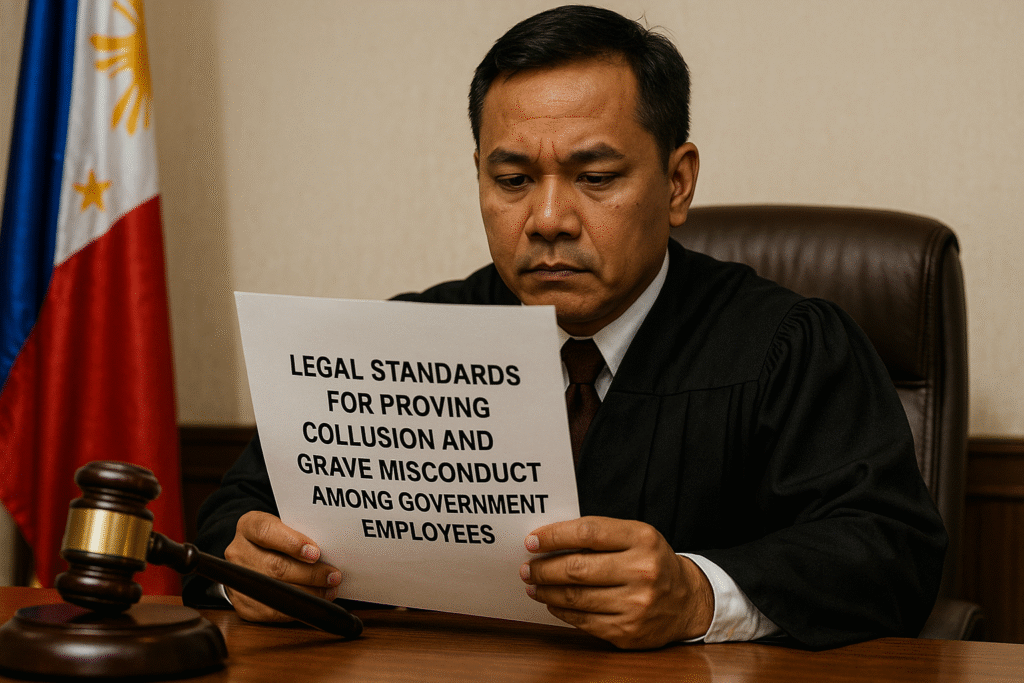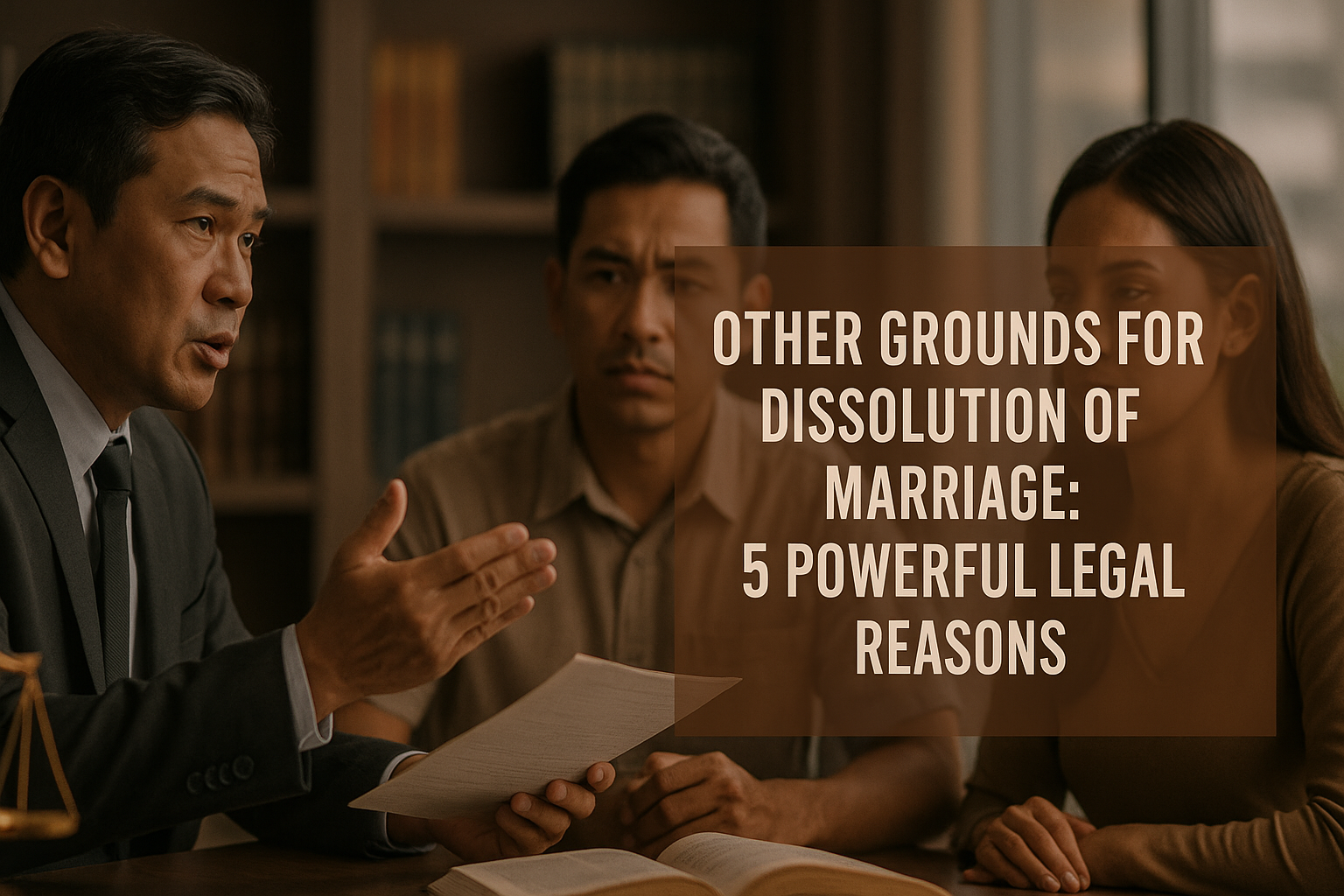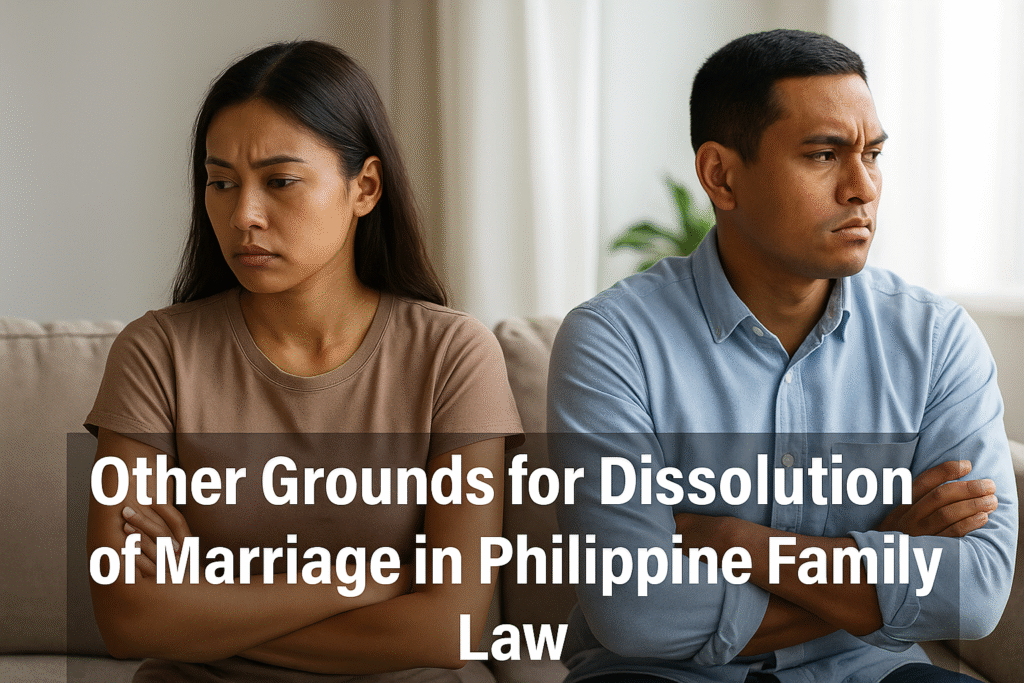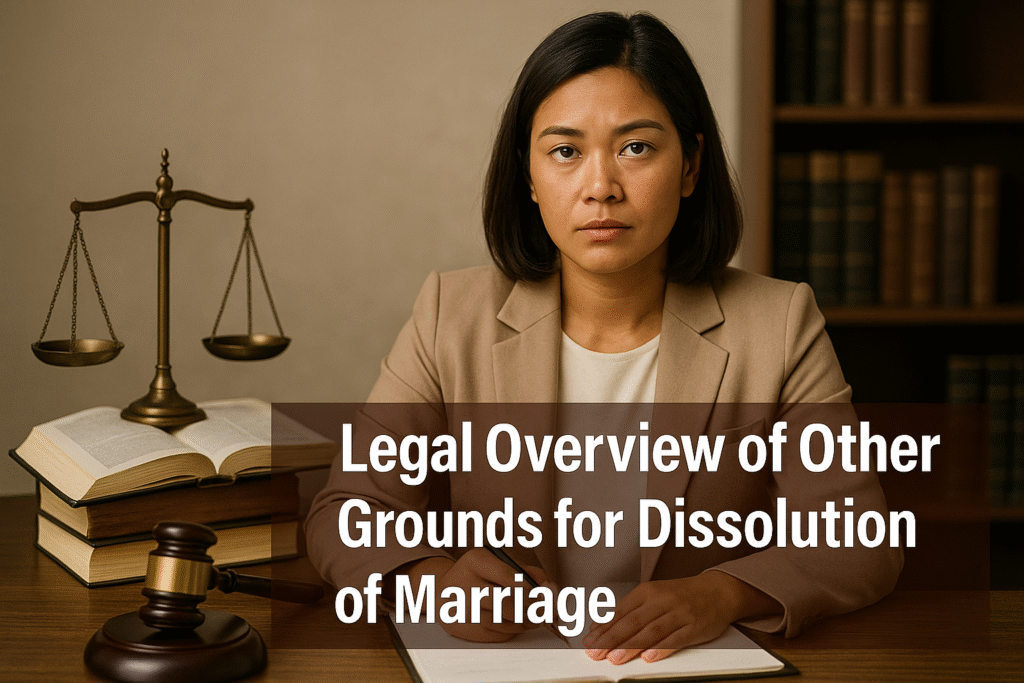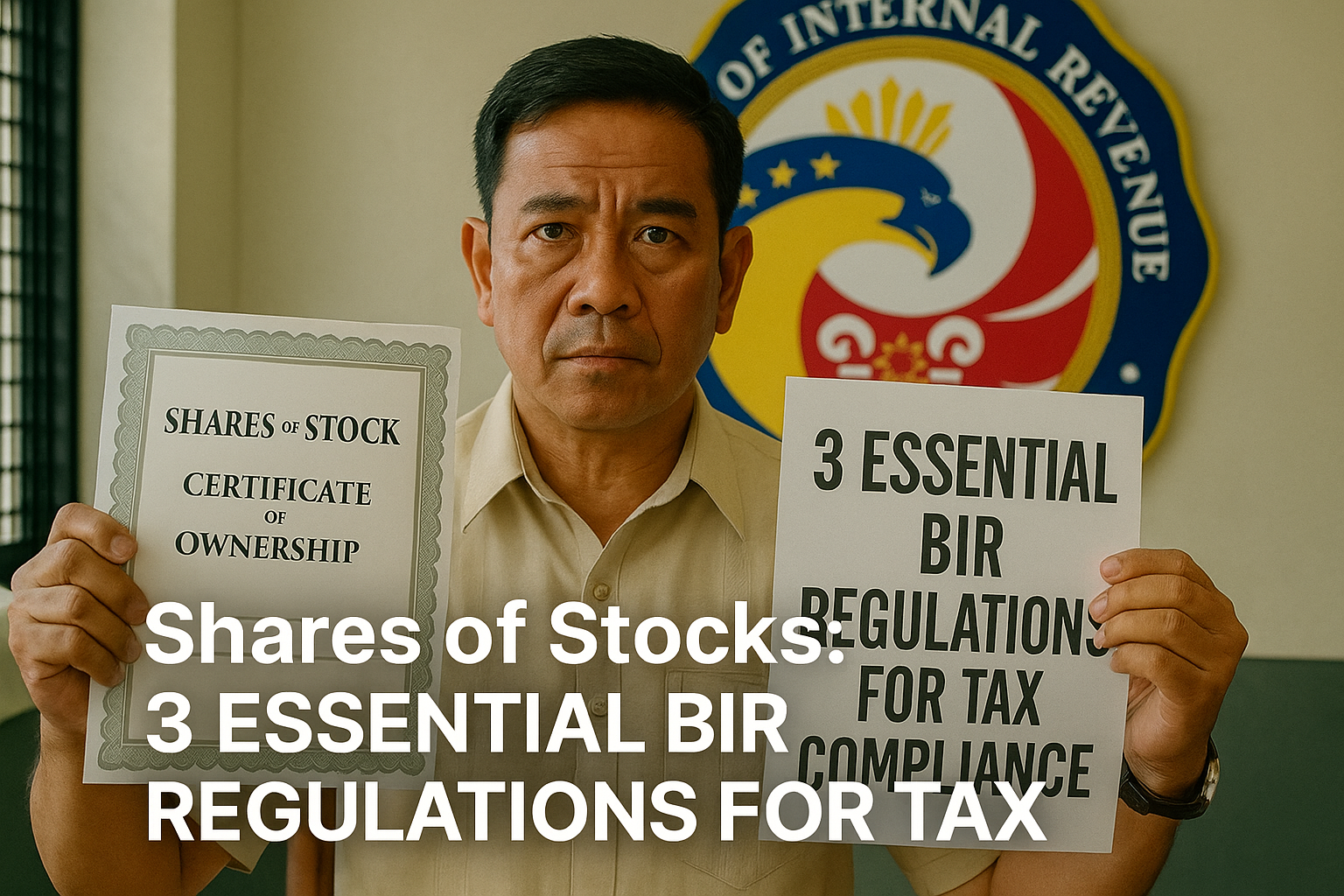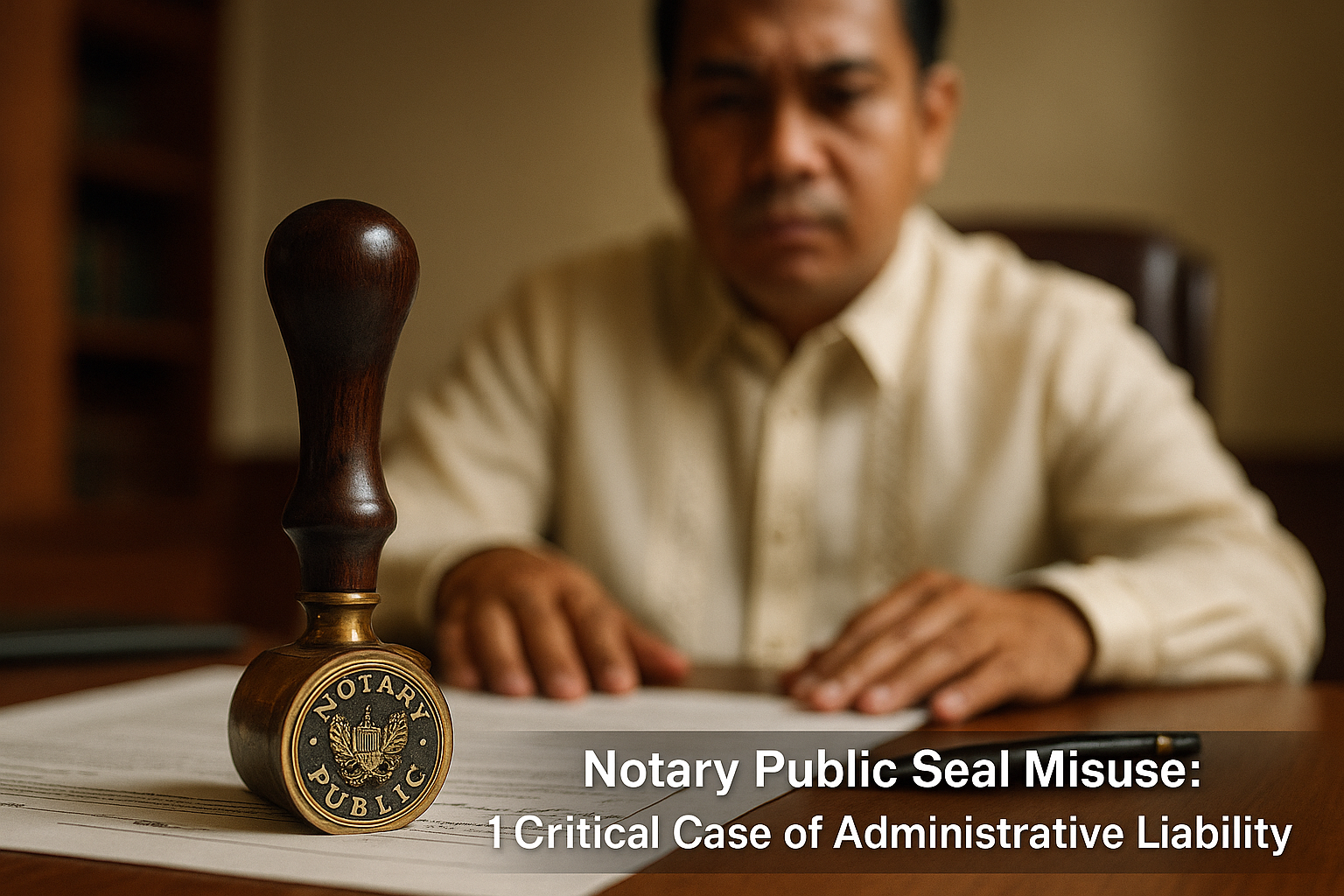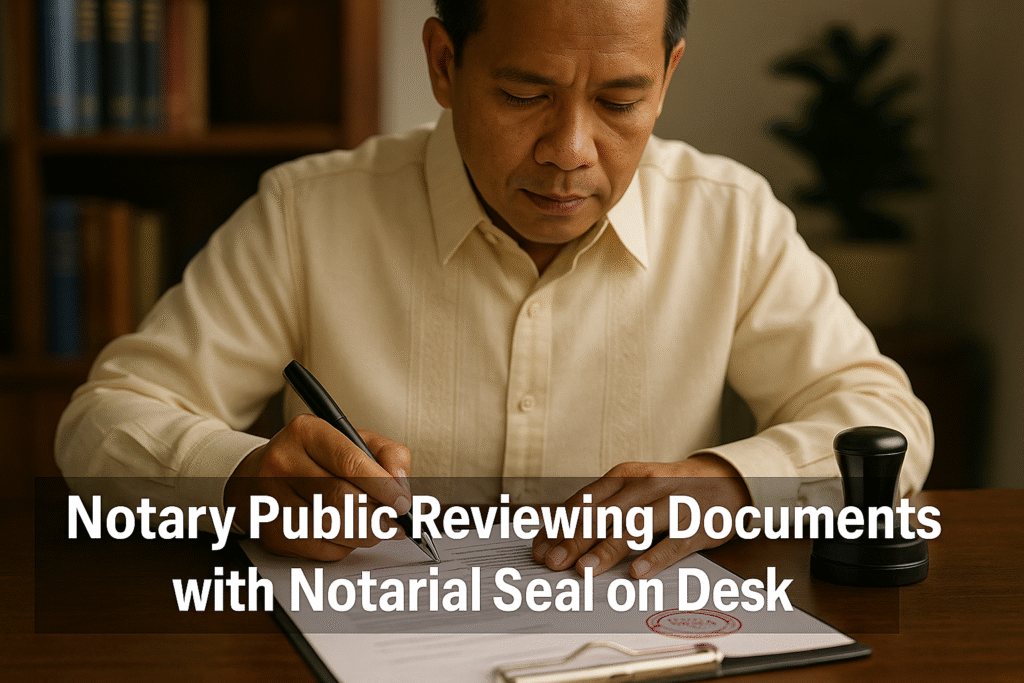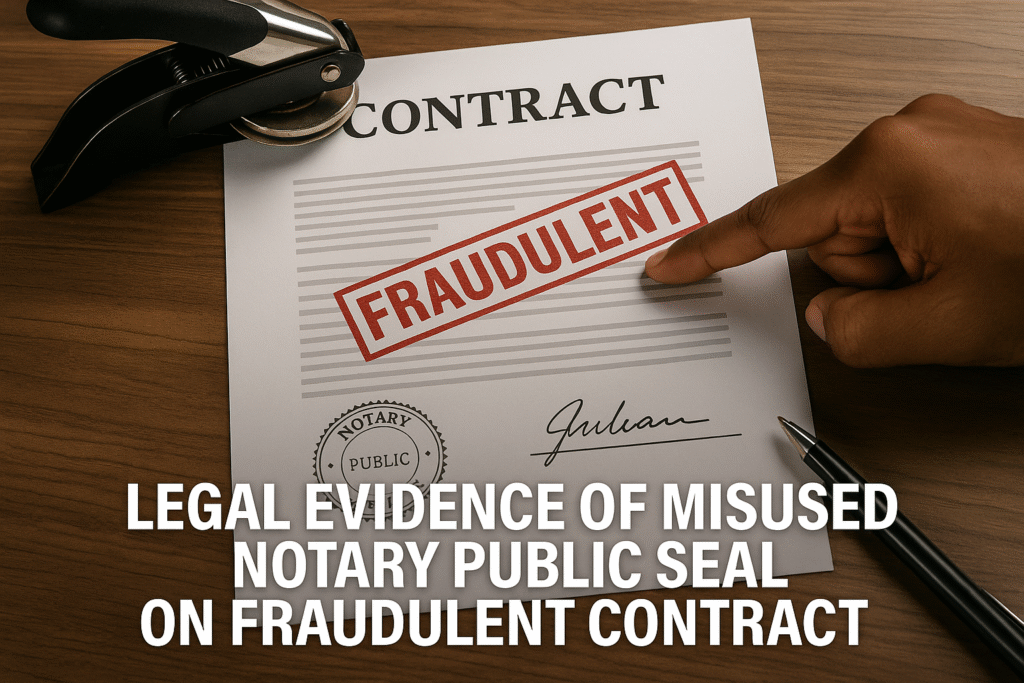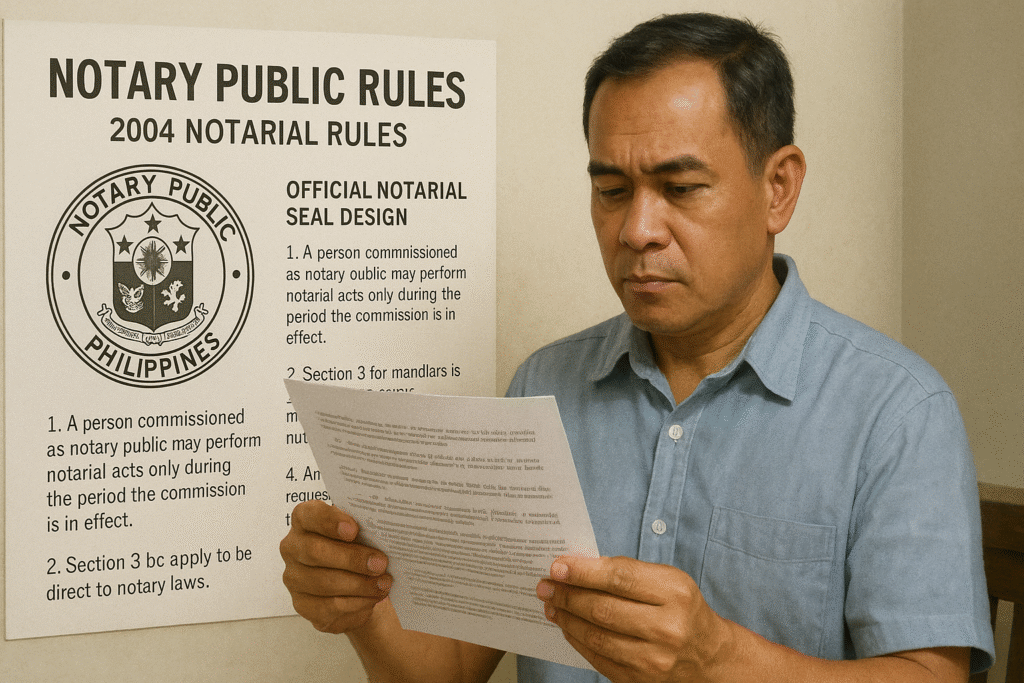
October 1, 2021
What are the parameters in evaluating the application for registration of real property under the framework of Sections 14(1) and 14(2)?
Several parcel of lands, especially in the provinces, are not yet registered under the Torrens System though occupied and tilled by certain persons claiming ownership thereof. These parcels are untitled and the purported owners would only present a tax declaration in their names or in the names of their predecessors-in-interest when ask to prove ownership. Buyers of untitled lands would primarily ask for a Tax Declaration of the property and after sale rushes to transfer the same to their names. Tax Declaration however, as a general rule, is merely an evidence of possession but not ownership. It is thus advisable to have the real property titled once bought.
Section 14, PD 1529 enumerates the valid grounds for registration of title to land, viz.:
Section 14. Who may apply. The following persons may file in the proper Court of First Instance an application for registration of title to land, whether personally or through their duly authorized representatives:
(1) Those who by themselves or through their predecessors-in-interest have been in open, continuous, exclusive and notorious possession and occupation of alienable and disposable lands of the public domain under a bona fide claim of ownership since June 12, 1945, or earlier.
(2) Those who have acquired ownership of private lands by prescription under the provision of existing laws.
(3) Those who have acquired ownership of private lands or abandoned river beds by right of accession or accretion under the existing laws.
(4) Those who have acquired ownership of land in any other manner provided for by law.
The Supreme Court in the case of Republic of the Philippines vs. SCIENCE PARK OF THE PHILIPPINES, INC., rep. by its Executive Vice-President and Gen. Manager, MR. RICHARD ALBERT I. OSMOND, G.R. No. 248306 July 28, 2021 distinguished the difference between registration under Section 14(1) and registration under Section 14(2) of PD 1529. It discussed how an application for registration of land should be evaluated under these two frameworks under Section 14 of PD 1529. Thus it stated that:
“Heirs of Mario Malabanan v. Republic of the Philippines aptly drew the distinctions between the first and the second grounds, thus:
“(1) In connection with Section 14(1) of the Property Registration Decree, Section 48 (b) of the Public Land Act recognizes and confirms that “those who by themselves or through their predecessors in interest have been in open, continuous, exclusive, and notorious possession and occupation of alienable and disposable lands of the public domain, under a bona fide claim of acquisition of ownership, since June 12, 1945” have acquired ownership of, and registrable title to, such lands based on the length and quality of their possession.
“(a) Since Section 48(b) merely requires possession since 12 June 1945 and does not require that the lands should have been alienable and disposable during the entire period of possession, the possessor is entitled to secure judicial confirmation of his title thereto as soon as it is declared alienable and disposable, subject to the timeframe imposed by Section 47 of the Public Land Act.
“(b) The right to register granted under Section 48(b) of the Public Land Act is further confirmed by Section 14(1) of the Property Registration Decree.
“(2) In complying with Section 14(2) of the Property Registration Decree, consider that under the Civil Code, prescription is recognized as a mode of acquiring ownership of patrimonial property. However, public domain lands become only patrimonial property not only with a declaration that these are alienable or disposable. There must also be an express government manifestation that the property is already patrimonial or no longer retained for public service or the development of national wealth, under Article 422 of the Civil Code. And only when the properly has become patrimonial can the prescriptive period for the acquisition of property of the public dominion begin to run.
“(a) Patrimonial property is private property of the government. The person acquires ownership of patrimonial property by prescription under the Civil Code is entitled to secure registration thereof under Section 14(2) of the Property Registration Decree.
“(b) There are two kinds of prescription by which patrimonial property may be acquired, one ordinary and other extraordinary. Under ordinary acquisitive prescription, a person acquires ownership of a patrimonial property through possession for at least ten (10) years, in good faith and with just title. Under extraordinary acquisitive prescription, a person’s uninterrupted adverse possession of patrimonial property for at least thirty (30) years, regardless of good faith or just title, ripens into ownership. (emphases and underscoring added)
“In fine, an applicant invoking Section 14(1) of PD 1529 needs to prove the following elements: (a) the property forms part of the disposable and alienable lands of the public domain at the time of the filing of the application for registration; (b) it has been, by itself or through its predecessors-in-interest, in open, continuous, exclusive, and notorious possession and occupation of the property; and (c) the possession is under a bona fide claim of ownership since June 12, 1945, or earlier.
“On the other hand, an application for registration based on Section14(2) of PD 1529 must establish the following requisites: (a) the land is an alienable and disposable, and patrimonial property of the public domain; (b) the applicant and its predecessors-in-interest have been in possession of the land for at least 10 years, in good faith and with just title, or for at least 30 years, regardless of good faith or just title; and (c) the land had already been converted to or declared as patrimonial property of the State at the beginning of the said 10-year or 30-year period of possession.”

